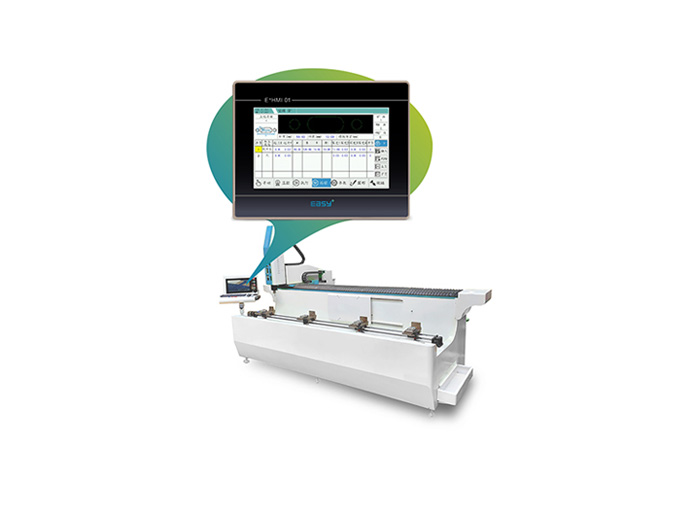How to select industrial robots
2021-08-12
The selection of industrial robots is mainly considered from the following 9 aspects:
1. Application environment
First, the application environment and application process of the robot need to be determined.
If the application process requires human-machine cooperation, that is, next to the artificial robot collaboration, semi-automatic process line, collaborative robot should be a better choice.
If you need a compact feeding robot, you can choose the horizontal joint robot.
If you are looking for a quick solution for small objects, a parallel robot is more appropriate.
Horizontal joint robot can be adapted to a very wide range of applications, from take, put to palletizing, as well as spraying, welding and other special processes, joint machine can be achieved. In the selection of industrial robots, according to the specific application environment to choose the appropriate model of robots.
2. Payload
Payload, the maximum load that a robot can carry in its workspace. Baseload ranges from 3KG to 130KG.
If you want the robot to be able to move objects from one station to another, be careful to add the weight of the workpiece and the weight of the robot's claws to its workload.
In addition, special attention should be paid to the load curve of the robot. At different distance positions in the space range, the actual load capacity will be different.
3. Degrees of freedom (number of axes)
The number of axes in a robot configuration is directly related to its degree of freedom. If you're dealing with a simple, straight-forward situation, like taking from one belt to another, a simple 4-axis robot can handle it.
However, if the application is in a small workspace and the robot arm requires a lot of twisting and turning, a 6-axis or 7-axis robot would be the best choice.
The number of axes generally depends on the application. It should be noted that choosing a larger number of axes is not a problem in terms of flexibility, as long as cost permits. This facilitates the subsequent reuse of the robot to another application process, can be suitable for more tasks, rather than finding that the number of shafts is insufficient.
4. Maximum range of activities
When evaluating the target application environment, the maximum distance the robot needs to travel should be understood. Choosing a robot is not just about its payload, but also about the exact distance it will travel. The horizontal motion range of the robot, note that the robot is near and behind a non-working area.
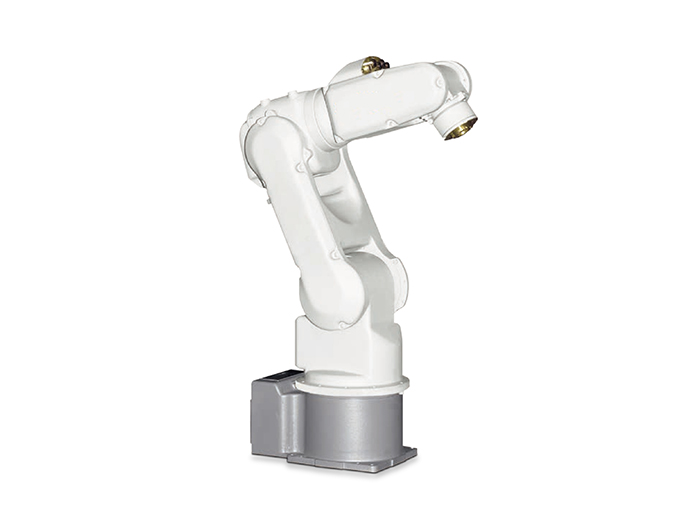
5, load accuracy
Again, this factor depends on your application. Repeatability can be described as the ability of a robot to accomplish a routine task by reaching the same position each time.
Generally between ±0.05mm and ±0.02mm, even more precise. For example, if you need your robot to assemble an electronic circuit board, you might need a robot with super precision repeatability. If the application process is relatively rough, such as packaging, palletizing, and so on, the working robot does not need to be so precise.
On the other hand, the robot precision selection requirements of assembly engineering, assembly engineering is also associated with the transfer and calculation of dimensions and tolerances of each link, such as: the positioning accuracy of incoming materials, the workpiece itself in the fixture of repeated positioning accuracy. This index is expressed as ± in 2D terms. In fact, the actual situation of this parameter can be the task position within the annular space within the tolerance radius, since the motion repetition point of the robot is not linear but moves in 3D space.
Of course, with the motion compensation of current machine vision technology, the robot will reduce the requirements and dependence on the accuracy of incoming materials, and improve the overall assembly accuracy.
6, speed,
This parameter is relevant to every user. In fact, it depends on the CYCLE TIME that the job needs to complete. The specification list lists the maximum speed of the robot, but we should know that the actual operating speed will be between 0 and the maximum speed, taking into account acceleration and deceleration from point to point. This parameter is usually measured in degrees per second.
7. Body weight
The weight of robot body is an important factor in the design of robot unit. If an industrial robot must be mounted on a custom machine, or even on a guide rail, you may need to know its weight to design the support accordingly.
8. Brake and moment of inertia
Robot manufacturers often provide information about robot braking systems. Some robots are equipped with brakes for all shafts, while others are not equipped with brakes for all shafts. A sufficient number of brakes are required to ensure precise and repeatable placement in the work area. In another special case, when an unexpected power failure occurs, the shaft of the load-bearing robot without brakes will not lock, which may cause an accident.
At the same time, some robot manufacturers also provide the robot's moment of inertia. In fact, for the security of the design, this will be an additional safeguard. You may also notice the torque applied on different lines. For example, if your action requires a certain amount of torque to do the job properly, you need to check that the maximum torque on that shaft is applied correctly. If the selection is not correct, the robot may be overloaded to DOWN the machine.
9. Protection level
According to the environment in which the robot is used, select the standard that reaches a certain protection level (IP level).
1. Application environment
First, the application environment and application process of the robot need to be determined.
If the application process requires human-machine cooperation, that is, next to the artificial robot collaboration, semi-automatic process line, collaborative robot should be a better choice.
If you need a compact feeding robot, you can choose the horizontal joint robot.
If you are looking for a quick solution for small objects, a parallel robot is more appropriate.
Horizontal joint robot can be adapted to a very wide range of applications, from take, put to palletizing, as well as spraying, welding and other special processes, joint machine can be achieved. In the selection of industrial robots, according to the specific application environment to choose the appropriate model of robots.
2. Payload
Payload, the maximum load that a robot can carry in its workspace. Baseload ranges from 3KG to 130KG.
If you want the robot to be able to move objects from one station to another, be careful to add the weight of the workpiece and the weight of the robot's claws to its workload.
In addition, special attention should be paid to the load curve of the robot. At different distance positions in the space range, the actual load capacity will be different.
3. Degrees of freedom (number of axes)
The number of axes in a robot configuration is directly related to its degree of freedom. If you're dealing with a simple, straight-forward situation, like taking from one belt to another, a simple 4-axis robot can handle it.
However, if the application is in a small workspace and the robot arm requires a lot of twisting and turning, a 6-axis or 7-axis robot would be the best choice.
The number of axes generally depends on the application. It should be noted that choosing a larger number of axes is not a problem in terms of flexibility, as long as cost permits. This facilitates the subsequent reuse of the robot to another application process, can be suitable for more tasks, rather than finding that the number of shafts is insufficient.
4. Maximum range of activities
When evaluating the target application environment, the maximum distance the robot needs to travel should be understood. Choosing a robot is not just about its payload, but also about the exact distance it will travel. The horizontal motion range of the robot, note that the robot is near and behind a non-working area.

5, load accuracy
Again, this factor depends on your application. Repeatability can be described as the ability of a robot to accomplish a routine task by reaching the same position each time.
Generally between ±0.05mm and ±0.02mm, even more precise. For example, if you need your robot to assemble an electronic circuit board, you might need a robot with super precision repeatability. If the application process is relatively rough, such as packaging, palletizing, and so on, the working robot does not need to be so precise.
On the other hand, the robot precision selection requirements of assembly engineering, assembly engineering is also associated with the transfer and calculation of dimensions and tolerances of each link, such as: the positioning accuracy of incoming materials, the workpiece itself in the fixture of repeated positioning accuracy. This index is expressed as ± in 2D terms. In fact, the actual situation of this parameter can be the task position within the annular space within the tolerance radius, since the motion repetition point of the robot is not linear but moves in 3D space.
Of course, with the motion compensation of current machine vision technology, the robot will reduce the requirements and dependence on the accuracy of incoming materials, and improve the overall assembly accuracy.
6, speed,
This parameter is relevant to every user. In fact, it depends on the CYCLE TIME that the job needs to complete. The specification list lists the maximum speed of the robot, but we should know that the actual operating speed will be between 0 and the maximum speed, taking into account acceleration and deceleration from point to point. This parameter is usually measured in degrees per second.
7. Body weight
The weight of robot body is an important factor in the design of robot unit. If an industrial robot must be mounted on a custom machine, or even on a guide rail, you may need to know its weight to design the support accordingly.
8. Brake and moment of inertia
Robot manufacturers often provide information about robot braking systems. Some robots are equipped with brakes for all shafts, while others are not equipped with brakes for all shafts. A sufficient number of brakes are required to ensure precise and repeatable placement in the work area. In another special case, when an unexpected power failure occurs, the shaft of the load-bearing robot without brakes will not lock, which may cause an accident.
At the same time, some robot manufacturers also provide the robot's moment of inertia. In fact, for the security of the design, this will be an additional safeguard. You may also notice the torque applied on different lines. For example, if your action requires a certain amount of torque to do the job properly, you need to check that the maximum torque on that shaft is applied correctly. If the selection is not correct, the robot may be overloaded to DOWN the machine.
9. Protection level
According to the environment in which the robot is used, select the standard that reaches a certain protection level (IP level).
end

 中文
中文 ENGLISH
ENGLISH Hot Products
Hot Products

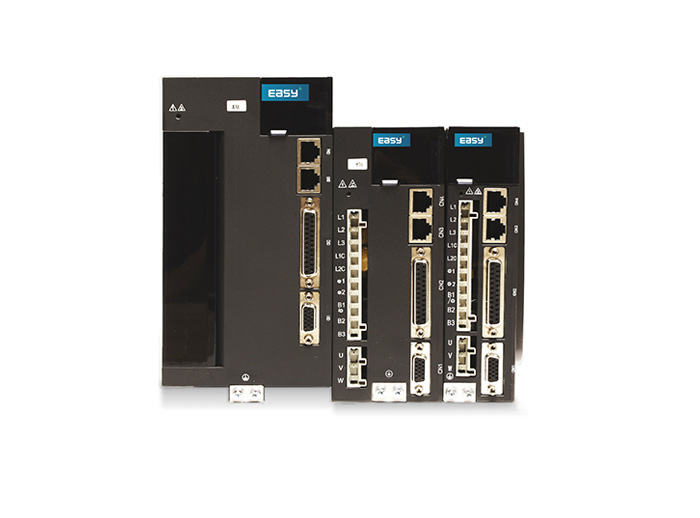
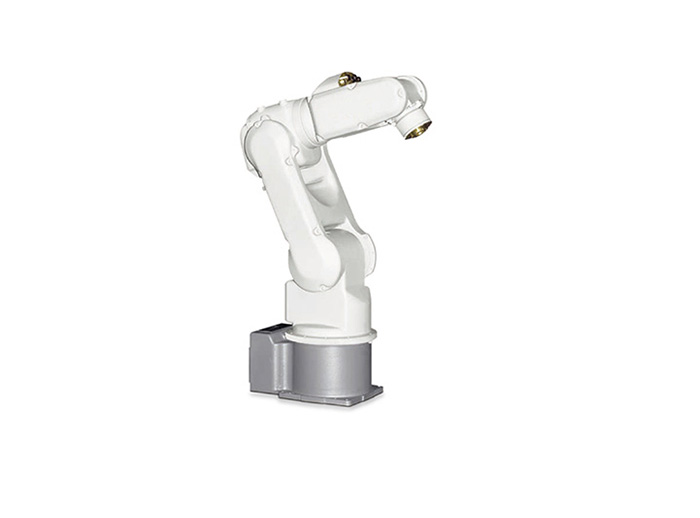
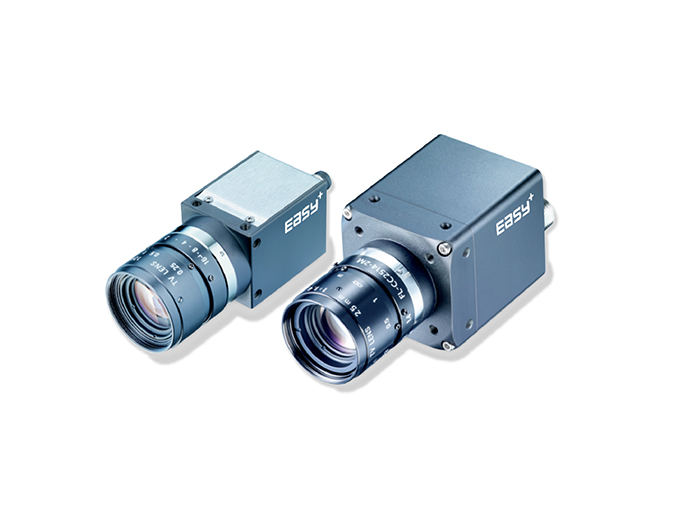
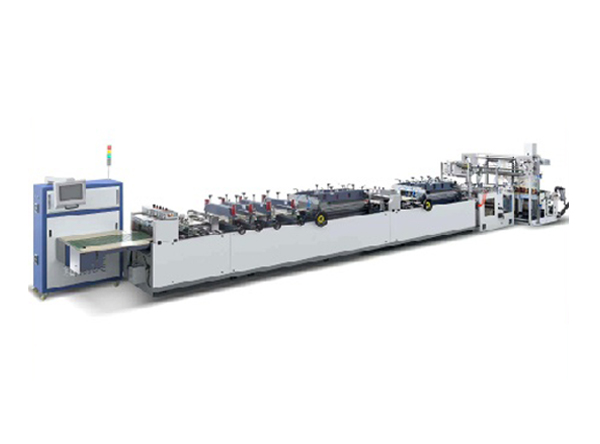


 Servo control system structure composition
Servo control system structure composition